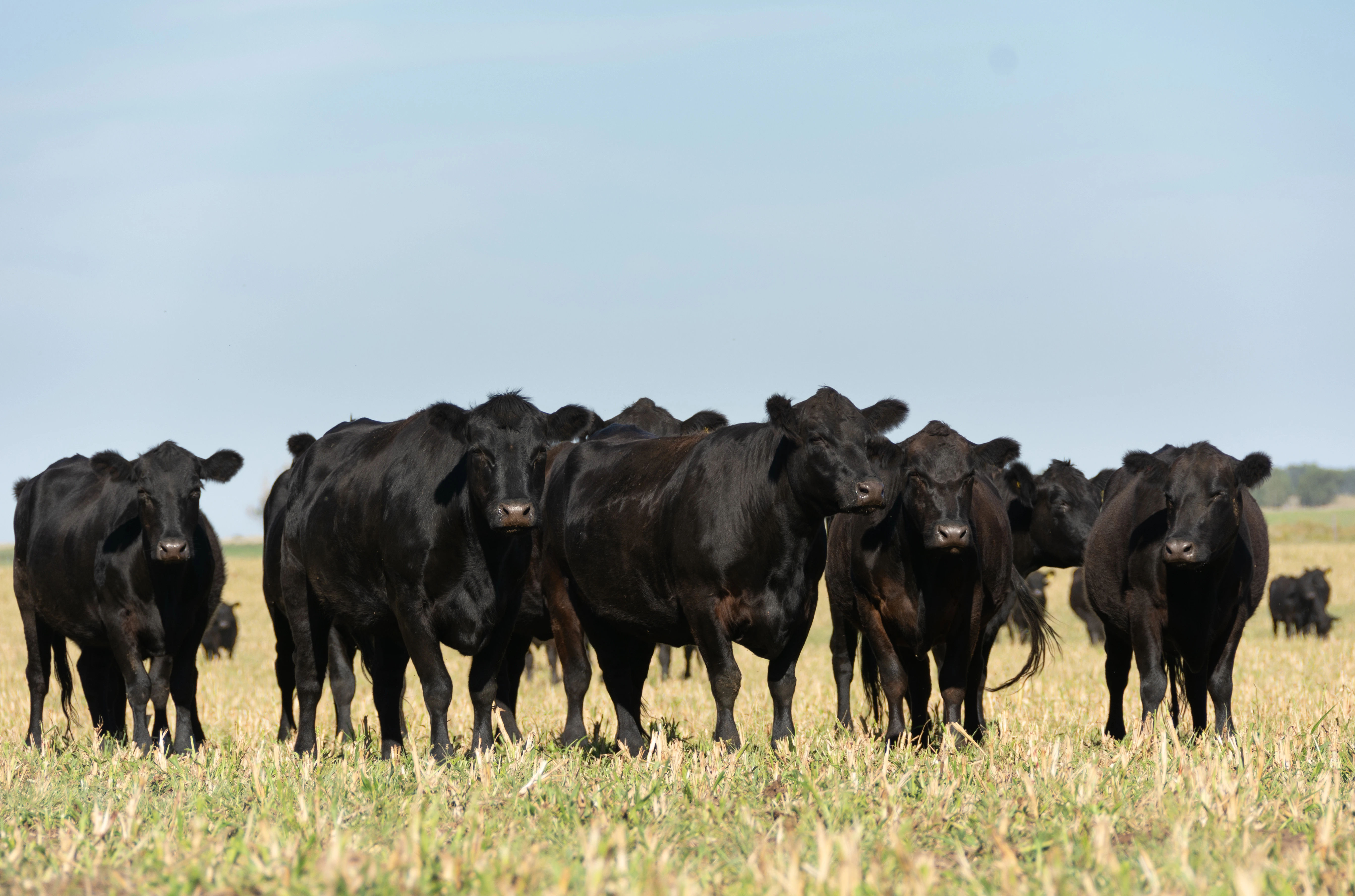
The Silent Scourge of BVD
One of the most sneaky and frustrating diseases with which dairies must deal is Bovine Viral Diarrhea, or BVD.
If you’ve ever witnessed an “abortion storm” of multiple animals aborting in a short window, it may have been caused by BVD. Other symptoms of the disease can range from subtle to severe – an occasional abortion; animals going off feed; sub-par fertility; bloody diarrhea; high fevers; mouth ulcers; and accompanying pneumonia all can be tell-tale signs of BVD lurking in the herd.
The highly contagious BVD virus can infect cattle of all ages, and it may produce no symptoms at all. When pregnant dams are exposed to it at about 60-120 days of pregnancy and without adequate immunity, they may retain the pregnancy, but infect their fetus in-utero, producing a persistently infected (PI) calf.
A PI heifer then becomes a “Typhoid Mary,” shedding high levels of the virus and infecting herdmates throughout her lifetime. Bull calves retained for natural service will do the same. Strangely, these animals often exhibit no symptoms themselves, and may look like some of the healthiest animals in the herd.
Routine, whole-herd vaccination is a critical component in keeping BVD under control. There are several commercial BVD vaccines available in both modified-live and killed formulations.
There are advantages and disadvantages to both. Modified-live vaccines (MLV) contain living BVD organisms that are designed to stimulate a broad response in the host’s immune system. We recommend that all young stock receive at least one dose of MLV BVD vaccine in their lifetimes, preferably before 6 months of age.
The downside of using a live vaccine is that it cannot be administered to pregnant animals, because the live virus could cause early embryonic death, abortion, or PI fetuses. For pregnant heifers and cows, a killed vaccine is the better choice.
Killed vaccines are not as potent, but can be administered to all animals, and offer the option of vaccinating large groups of animals at once. They are beneficial in controlling BVD when new animals are introduced to the herd, or when heifers are moved among rearing sites.
While helpful, BVD vaccines are not 100% effective in preventing fetal transmission of the disease, so PI calves still can randomly enter a herd. PI animals only are created in the fetal stage; animals do not become persistently infected after they are born.
To keep BVD in check, we advise:
- Vaccinate – Modified-live vaccines should be administered annually to every animal on the dairy. If using a killed vaccine, it needs to be given every 4-6 months. It is acceptable to use a combination of MLV and killed vaccines in the same animal over its lifetime. Vaccinated dams will confer some BVD immunity to their offspring through colostrum, which helps protect calves through the first few months of life, until their own immune systems take over.
- Isolate – Animal movement is one of the biggest instigators in the spread of BVD. All new animals entering the herd should receive a killed vaccination a week before transport, and kept in separate housing for at least a week after arriving at the dairy to monitor for BVD symptoms. If your heifers are reared off-site, we can help you develop BVD-prevention protocols for re-introduction to the dairy. Blood sampling to detect BVD titers, along with vaccination and isolation, may be advised as part of these ongoing procedures.
- Screen – Because PI calves can occur randomly in even the best-managed herds, we recommend testing every calf at birth to detect BVD carriers. It’s a routine practice that can be performed at the same time as other calf-processing tasks like ear-tagging, navel dipping, and genomic sampling. Specimens are obtained by taking a small ear-punch of cartilage tissue and submitting it for lab analysis. In the past, these samples had to be shipped to university labs across the country. Now, TDA has the ability to process them at our in-house lab. We deliver highly accurate results in a matter of days instead of weeks, with minimal risk of handling errors or contamination. All detected PI calves MUST be culled to slaughter.
If abortions occur, we also can analyze recovered tissue to determine if BVD was the cause. Your TDA veterinary practitioner can advise the best way to capture and submit these samples.
Like many viruses, the BVD virus can be quite crafty in re-configuring itself and creating new strains. Even the best-managed herds never are completely immune to it. That’s why it’s so important to remain vigilant about both preventing and constantly monitoring for this ubiquitous dairy disease.








